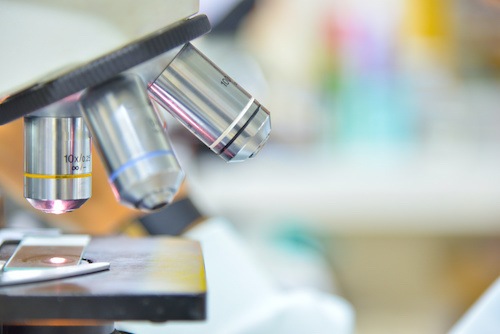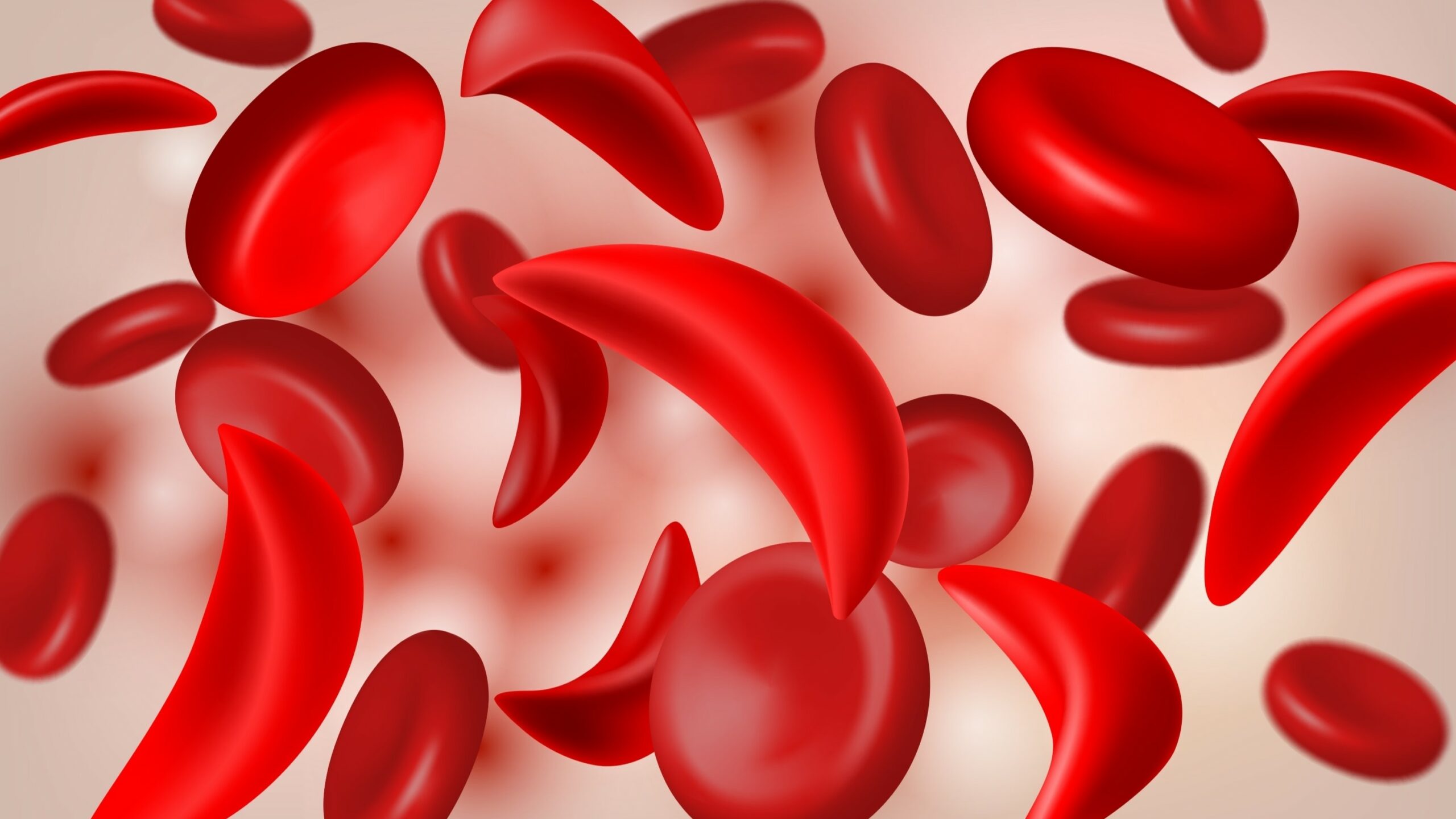
One of the primary symptomatic manifestations of sickle cell disease (SCD) is excruciating pain, which significantly impacts the quality of life of those affected. Despite the recognition of the biopsychosocial model of pain, conventional research in SCD pain has centered on investigating the impact of biological variables, including SCD genotype, total hemoglobin, or fetal hemoglobin level on pain outcomes. However, a recent study published in The Journal of Pain investigated the associations of biopsychosocial variables with pain interference, as measured by pain impact.
The study, conducted as a secondary analysis of data from the Global Research Network for Data and Discovery national SCD registry, included a cohort of 657 children and adults with SCD. The participants were diverse (60% female; median age, 34 years). Notably, chronic pain prevalence was found to be as high as 64% in this population, underscoring the burden that pain places on individuals living with SCD.
Using multivariable modeling, the researchers explored the interplay between various factors associated with pain impact. The study considered a wide range of biopsychosocial variables, including social and emotional functioning, age, income, and the frequency of acute painful episodes.
The multivariable model accounted for 58% of variance in pain impact. Notably, low social (P<.001) and emotional (P<.001) functioning, advancing age (P=.004), low income (P<.001), and frequent acute painful episodes (P=.007) showed the strongest associations with heightened pain impact. Furthermore, when examining pain severity and physical function in 2 comparable samples from the registry, increasing age and low social functioning emerged as robust predictors of elevated pain severity and reduced physical functioning.
“The strength and findings of this model suggest that psychosocial variables (ie, social functioning and emotional functioning) are more strongly associated with pain impact in individuals with SCD than biological variables such as SCD genotype, hemoglobin, or [fetal hemoglobin percentage],” the researchers wrote.
The knowledge obtained from this study can guide forthcoming prospective research endeavors focused on determining the causal significance of psychosocial factors in adverse pain outcomes among individuals with SCD. The researchers called for future studies to “explore the relative contribution of pain-specific psychological variables (eg, pain coping and pain self-efficacy) and sociocultural variables (eg, social support) to pain impact and pain severity compared [with] biological modifiers [of] SCD severity.”







 © 2025 Mashup Media, LLC, a Formedics Property. All Rights Reserved.
© 2025 Mashup Media, LLC, a Formedics Property. All Rights Reserved.